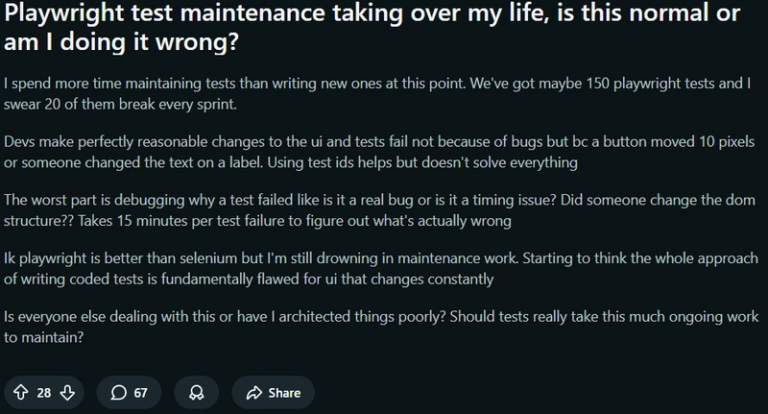Indicators of Compromise (IoCs)
The Digital Clues That Reveal Cyber Attacks
In the world of cybersecurity, time is everything. The faster a threat is detected, the quicker it can be contained and mitigated. One of the most powerful tools in a security professional’s arsenal is the ability to recognize Indicators of Compromise (IoCs)—the digital breadcrumbs that signal a system or network may have been breached.
Whether you’re preparing for the CompTIA Security+ exam or working to renew your certification, understanding IoCs is essential. This blog post explores what IoCs are, how they work, common types, and how they’re used in real-world threat detection and response.
What Are Indicators of Compromise?
Indicators of Compromise (IoCs) are pieces of forensic data that suggest a system has been infiltrated by a threat actor. These indicators can be found in log files, network traffic, file systems, or memory, and they help security teams detect malicious activity—often before significant damage is done.
IoCs are not threats themselves, but evidence of threats. Think of them as digital fingerprints left behind by attackers.
Why IoCs Matter
IoCs are critical for:
- Early detection of breaches
- Incident response and containment
- Threat hunting and proactive defense
- Forensic investigations
- Sharing threat intelligence across organizations
By identifying IoCs quickly, organizations can reduce the dwell time of attackers—the period between initial compromise and detection—which is often measured in weeks or months.
Common Types of IoCs
IoCs come in many forms, depending on the nature of the attack. Here are some of the most common:
1. File Hashes
- Unique identifiers (MD5, SHA-1, SHA-256) for malicious files.
- Used to detect known malware across systems.
2. IP Addresses
- Known malicious IPs used for command-and-control (C2) servers or data exfiltration.
- Blocking these can prevent further communication with attackers.
3. Domain Names and URLs
- Malicious domains used in phishing or malware delivery.
- Often short-lived, making real-time detection critical.
4. Email Addresses
- Used in spear-phishing or business email compromise (BEC) attacks.
- Can be flagged and blocked by email security tools.
5. Registry Keys
- Changes to Windows registry that indicate malware persistence.
- Often used by trojans and rootkits.
6. File Names and Paths
- Unusual or suspicious file names in uncommon directories.
- May indicate malware installation or lateral movement.
7. Processes and Services
- Unexpected or unauthorized processes running on a system.
- Can reveal backdoors or remote access tools (RATs).
8. Network Traffic Patterns
- Unusual data flows, such as large outbound transfers or connections to foreign IPs.
- May indicate data exfiltration or botnet activity.
How IoCs Are Detected
IoCs are typically identified through a combination of:
- Security Information and Event Management (SIEM) systems
- Endpoint Detection and Response (EDR) tools
- Intrusion Detection Systems (IDS)
- Threat intelligence feeds
- Manual log analysis and threat hunting
Once detected, IoCs are correlated with known attack patterns or tactics, techniques, and procedures (TTPs) using frameworks like MITRE ATT&CK.
IoCs vs. Indicators of Attack (IoAs)
While IoCs are reactive (evidence that an attack has occurred), Indicators of Attack (IoAs) are proactive—they focus on detecting attacker behavior in real time.
| Feature | IoC | IoA |
|---|---|---|
| Timing | After the attack | During the attack |
| Focus | Evidence of compromise | Behavior of attacker |
| Use Case | Forensics, incident response | Threat detection, prevention |
Both are essential for a layered defense strategy.
Real-World Example: WannaCry Ransomware
The 2017 WannaCry ransomware outbreak is a classic case where IoCs played a vital role in containment. Security teams used:
- File hashes of the ransomware executable
- IP addresses of the C2 servers
- Registry changes made by the malware
- File names like
@WanaDecryptor@.exe
These IoCs were shared globally, allowing organizations to block the threat and scan for infections.
How to Use IoCs Effectively
1. Incorporate Threat Intelligence
Subscribe to reputable threat intelligence feeds (e.g., AlienVault OTX, MISP, IBM X-Force) to receive up-to-date IoCs.
2. Automate Detection
Use SIEM and EDR tools to automatically scan logs and endpoints for known IoCs.
3. Correlate Events
Don’t rely on a single IoC. Correlate multiple indicators to confirm a compromise and reduce false positives.
4. Share Responsibly
Participate in information-sharing communities like ISACs or CERTs to help others defend against emerging threats.
5. Update Regularly
IoCs can become outdated quickly. Regularly update detection rules and threat feeds.
Challenges with IoCs
While IoCs are powerful, they’re not without limitations:
- Short lifespan: Attackers frequently change IPs, domains, and file hashes.
- False positives: Some indicators may resemble legitimate activity.
- Evasion techniques: Advanced threats use polymorphism or encryption to avoid detection.
That’s why IoCs should be part of a broader detection strategy that includes behavioral analysis and anomaly detection.
Best Practices for Managing IoCs
- Maintain a centralized repository of known IoCs.
- Use automated playbooks to respond to IoC detections.
- Conduct regular threat hunting to uncover hidden indicators.
- Integrate IoCs into incident response plans.
- Train analysts to interpret and act on IoC data effectively.
Final Thoughts
Indicators of Compromise are the digital clues that help security teams detect, investigate, and respond to cyber threats. While they are not a silver bullet, they are a critical component of any modern cybersecurity strategy.
For Security+ professionals, understanding IoCs means being able to recognize the signs of an attack, respond quickly, and contribute to a more secure digital environment. Whether you’re working in a SOC, managing a network, or leading a security team, the ability to identify and act on IoCs is a skill that will serve you—and your organization—well.

